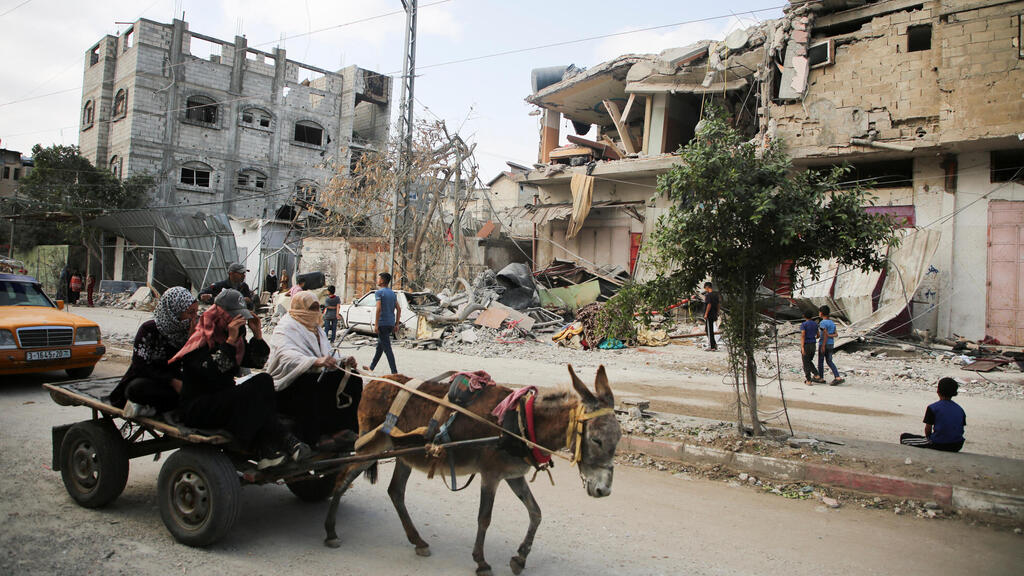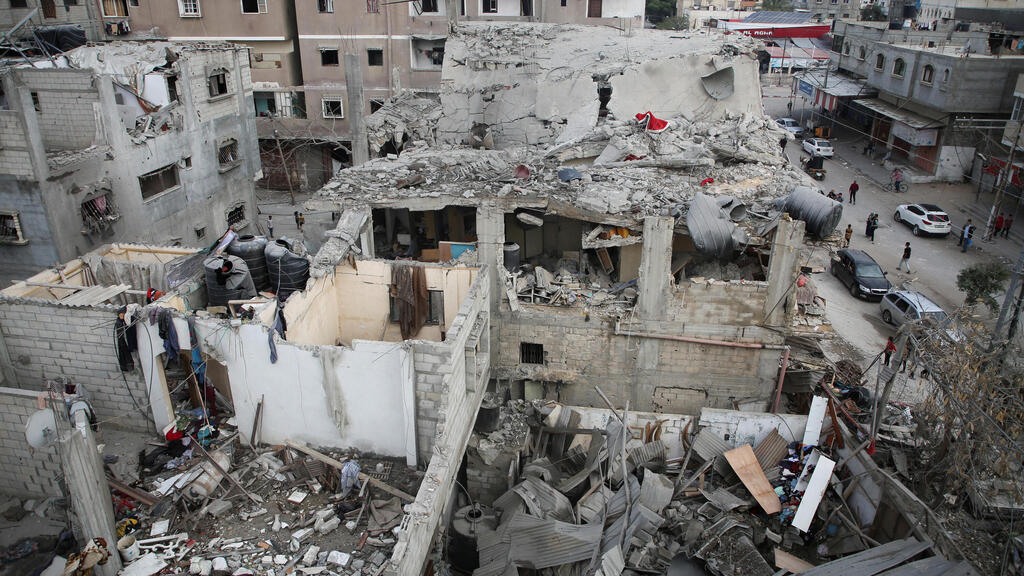The IDF announced Wednesday that it has expanded the "humanitarian zone" for the residents of Rafah in the southern Gaza Strip, established to provide shelter for displaced citizens.
"As part of the humanitarian efforts in Gaza, we have expanded the humanitarian areas intended for the residents between Al-Mawasi and Khan Younis," said IDF Arabic Spokesperson Lieutenant Colonel Avichay Adraee. "Additionally, we have focused on repairing water lines in the Bani Suheila area."
"In addition to combating Hamas and continuing its dismantlement, the IDF is intensifying humanitarian efforts to improve the humanitarian situation within the Gaza Strip, emphasizing that their fight is against Hamas, not Gaza residents."
According to estimations, Rafah currently houses some 1.3 million residents in addition to its 250,000 residents, within an area of no more than 64 square kilometers.
Dr. Tedros Adhanom Ghebreyesus, Director-General of the World Health Organization, cautioned that a Israeli attack on Rafah would lead to a humanitarian catastrophe. He urged Israel not to invade the city and simultaneously called on all parties to cease fire.
Meanwhile, the Israeli Air Force continued its strikes in Rafah and central areas of the Gaza Strip. A senior UN official told The Wall Street Journal that evacuating civilians from Rafah to other areas in the Gaza Strip may last at least 10 days. Some in Israel estimated that evacuating the population from Rafah could take up to two to three weeks.
In Rafah itself, there were voices of resistance from residents who preferred to die in their tents and homes rather than relocate elsewhere in the Strip. "The city will bear witness to a 'massacre' of hundreds of thousands of its residents if Israel implements its plan and enters Rafah," said a statement released by the city's residents. "We urge the world to protect civilians in one of the most densely populated cities in the world."




